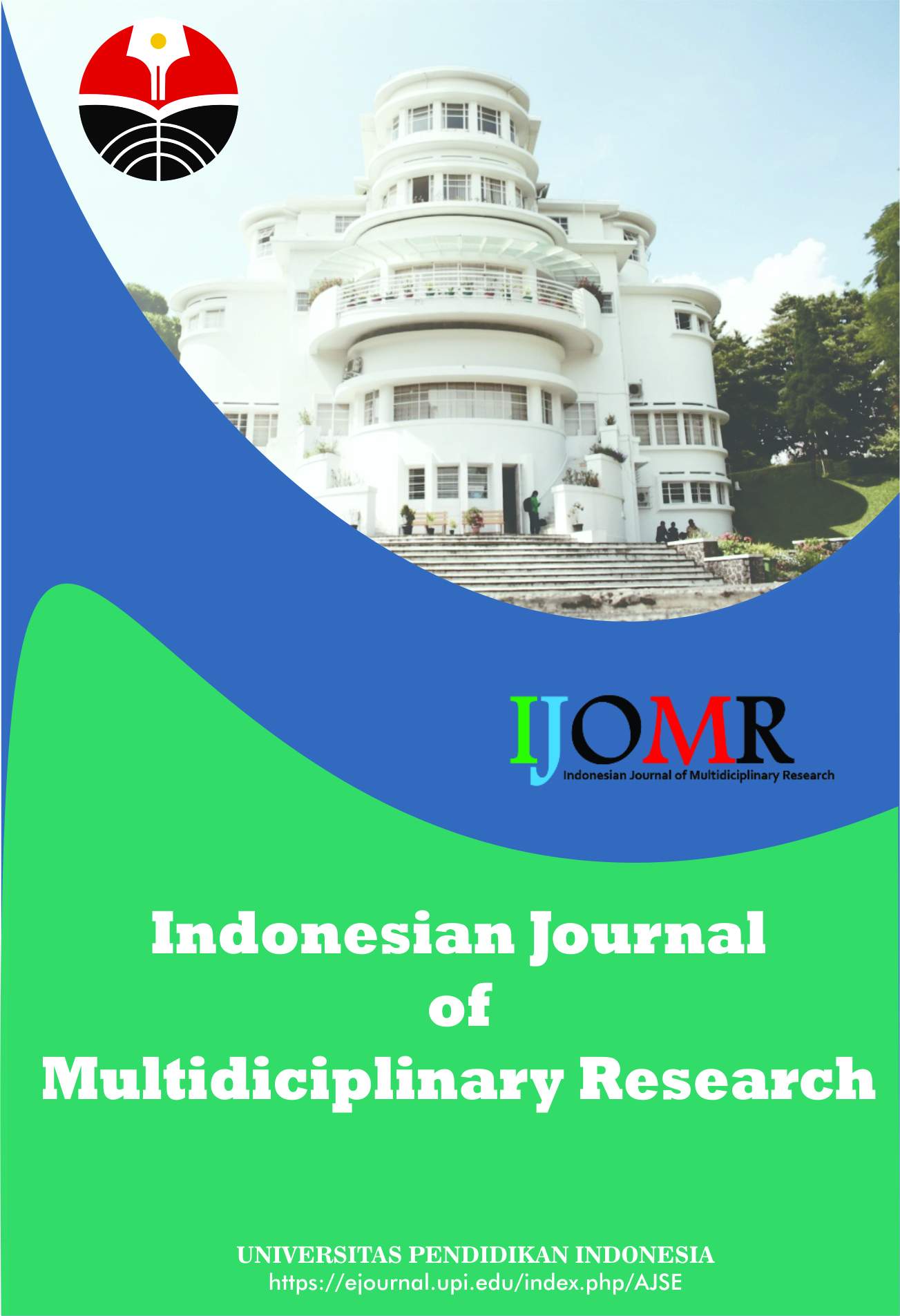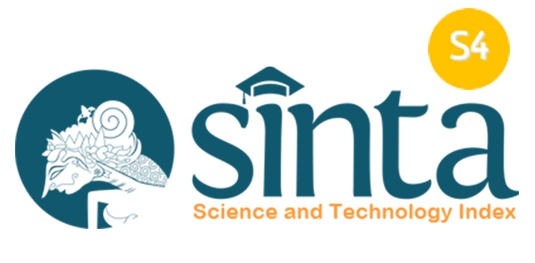Linguistic Incorporation in the Mandailing Language: Analyzing Instrumental and Objective Incorporation for Language Structure and Education
Abstract
Keywords
Full Text:
PDFReferences
Amezaga-Albizu, J., and Martínez-Martínez, J. (2019). The question of linguistic minorities and the debates on cultural sovereignty. Catalan Journal of Communication and Cultural Studies, 11(1), 99–114.
Bangun, P.B., Nasution, T.A., and Syarfina, T. (2024). A phonetic comparison of interrogative sentences “where do you live?” in Karo and Mandailing languages using suprasegmental analysis: an acoustic analysis using praat for language education. Indonesian Journal of Multidiciplinary Research, 4(2), 491-506.
Branigan, P., and Wharram, D. (2019). A syntax for semantic incorporation: Generating low-scope indefinite objects in Inuktitut. Glossa: A Journal of General Linguistics, 4(1), 1-33.
Caballero, G., Houser, M. J., Marcus, N., McFarland, T., Pycha, A., Toosarvandani, M., and Nichols, J. (2008). Nonsyntactic ordering effects in noun incorporation. Linguistic Typology, 12(3), 384-341.
Caplan, S., Kodner, J., and Yang, C. (2020). Miller's monkey updated: Communicative efficiency and the statistics of words in natural language. Cognition, 205, 104466.
Greenhill, S. J., Wu, C. H., Hua, X., Dunn, M., Levinson, S. C., and Gray, R. D. (2017). Evolutionary dynamics of language systems. Proceedings of the National Academy of Sciences, 114(42), E8822-E8829.
Guyot, J. (2015). Planning policies for language diversity: the weight of national realities in applying international conventions. Journal of Applied Journalism and Media Studies, 4(1), 49-67.
Hahn, M., Jurafsky, D., and Futrell, R. (2020). Universals of word order reflect optimization of grammars for efficient communication. Proceedings of the National Academy of Sciences, 117(5), 2347-2353.
Jiang, F., and Cohn, T. (2022). Incorporating constituent syntax for coreference resolution. Proceedings of the AAAI Conference on Artificial Intelligence, 36(10), 10831–10839.
Kantarovich, J. (2022). Language variation in a shifting community: Different patterns of noun incorporation in Modern Chukchi. International Journal of Bilingualism, 26(5), 620–638.
Nursaima, H., and Mulyadi. (2023). Incorporation with verbal deletion in mandailing language. RETORIKA: Jurnal Ilmu Bahasa, 9(1), 135–143.
Olthof, M. (2020). Formal variation in incorporation: A typological study and a unified approach. Linguistics, 58(1), 131–205.
Olthof, M., Van Lier, E., Claessen, T., Danielsen, S., Haude, K., Lehmann, N., Mous, M., Verhoeven, E., Visser, E., Vuillermet, M., and Wolvengrey, A. (2021). Verb-based restrictions on noun incorporation across languages. Linguistic Typology, 25(2), 211–256.
Roikienė, D. (2021). Contrastive analysis of incorporation in english and lithuanian. Res Humanitariae, 16, 235–248.
Sewell, Y. (2022). Linguistic pragmatism, lingua francae, and language death in Indonesia. Journal of Language Teaching, 2(11), 15–19.
Simanjuntak, F., and Mulyadi, M. (2019). Incorporation with verb deletion in Toba Bataknese Language. International Journal of English Literature and Social Sciences, 4(6), 1968–1971.
Wardana, M. K. and Mulyadi, M. (2022). Noun incorporation in Bahasa Indonesia. Britain International of Linguistics Arts and Education (BIoLAE) Journal, 4(2), 107–114.
Winaya, M. D. (2016). Jenis-jenis inkorporasi pelesapan verba dalam bahasa Bali. Retorika: Jurnal Ilmu Bahasa, 2(1), 64-78.
Zein, S. (2019). English, multilingualism and globalisation in Indonesia: A love triangle: Why Indonesia should move towards multilingual education. English Today, 35(1), 48–53.
DOI: https://doi.org/10.17509/ijomr.v5i1.81689
Refbacks
- There are currently no refbacks.
Copyright (c) 2025 Kantor Jurnal dan Publikasi, Universitas Pendidikan Indonesia (UPI)

This work is licensed under a Creative Commons Attribution-ShareAlike 4.0 International License.
Indonesian Journal of Multidiciplinary Research (IJOMR) is published by Universitas Pendidikan Indonesia (UPI)















